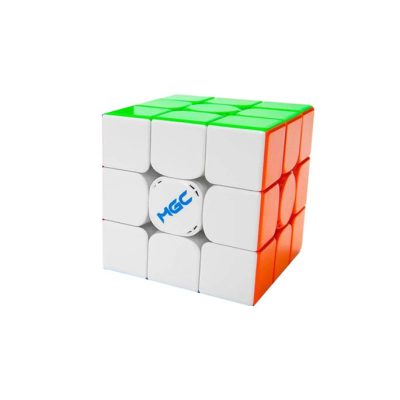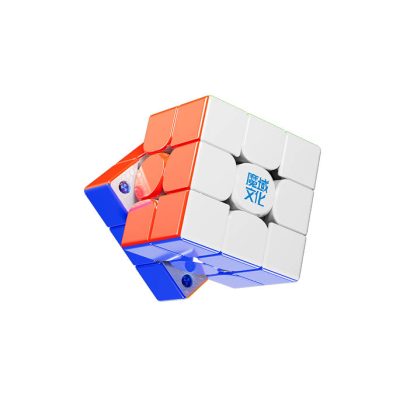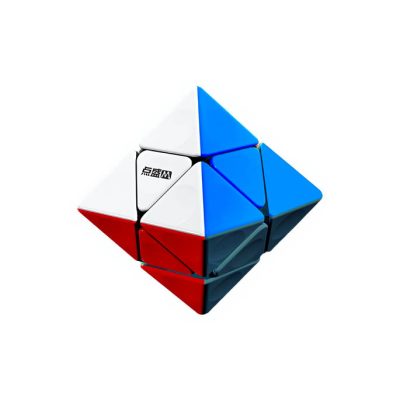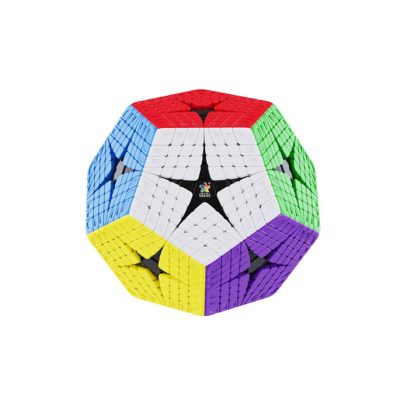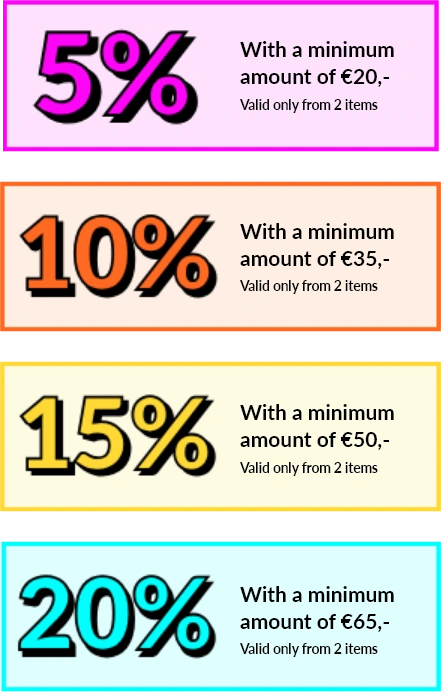-
 Dave Vinke
Dave Vinke
- Leestijd: 5 min
- Laatst geüpdatet: 27/08/2025
Sustainable model building combines your hobby with environmentally conscious action by using eco-friendly materials, reusing components, and choosing brands that invest in sustainable production. You can improve existing projects by making conscious choices regarding paint, glue, and components, while old models get a second life through creative repurposing.
What are the most environmentally friendly materials for model building?
The most environmentally friendly materials for model building are FSC-certified wood, recycled plastic, biodegradable plastics, and natural alternatives like bamboo and cork. These materials have a lower environmental impact than traditional plastics and often offer comparable or better performance.
FSC-certified wood comes from sustainably managed forests and is perfect for wooden models, ship models, and architectural projects. The material is sturdy, workable, and biodegradable. Recycled plastic is made from waste and offers the same benefits as new plastic, but with a much lower carbon footprint.
Biodegradable plastics like PLA (Polylactic Acid) are ideal for 3D printing components. They break down in industrial composting facilities and are made from renewable raw materials like corn starch. Bamboo grows incredibly fast and is surprisingly strong, making it suitable for lightweight constructions and details.
Natural fibers like hemp and flax are used in composite materials that are stronger than traditional plastics. These materials are completely biodegradable and have even absorbed CO2 during their growth.
How can you make existing model building projects more sustainable?
You make existing model building projects more sustainable by reusing components, choosing environmentally friendly paint and glue, and extending the lifespan of your models through proper maintenance and storage. Small adjustments already make a big difference to the environmental impact of your hobby.
Start by sorting your components. Store usable pieces from old projects in transparent containers, organized by type and color. These components can often be reused for details, modifications, or completely new projects. This not only saves money but also raw materials.
Choose water-based paint instead of solvent-based variants. Water-based paint contains fewer harmful chemicals and you can clean brushes with water. The same applies to glue: choose water-based or natural alternatives where possible.
Extend the lifespan of your models by protecting them well against dust and sunlight. Use display cases or transparent covers. When damaged, you can often repair instead of replace. Learn basic repair techniques like filling scratches, replacing small components, and repainting damaged parts.
Which model building brands focus on sustainability?
Various model building brands are increasingly investing in sustainability, including Revell, Tamiya, and Italeri which are working on more environmentally friendly packaging and production processes. Smaller brands like EcoModel and Green Scale Models also specialize entirely in sustainable model building products.
Revell has invested heavily in recent years in reducing plastic packaging and uses more recycled material in their product boxes. They are also developing water-based paints that are less harmful to the environment. Their “Eco Line” contains models made from recycled plastic.
Tamiya is known for their quality and durability. Their models last a long time, which is sustainable in itself. They are working on reducing excess plastic in their sets and increasingly use soy-based inks for their instructions and packaging.
Italeri has launched an initiative to reduce their CO2 emissions and collaborates with suppliers who produce sustainable materials. They also offer more and more “vintage” reissues, so classic models don’t need to be redeveloped.
Smaller brands like EcoModel make models entirely from recycled material and biodegradable plastics. Their packaging is made from recycled cardboard and they donate part of their profit to nature conservation.
What can you do with old or broken models?
Old or broken models can be reused for components, converted into diorama elements, donated to schools or hobby groups, or upcycled into decorative objects. Throwing them away is rarely necessary if you think creatively about new applications.
Dismantling is often the best first step. Store usable components like wheels, engines, figures, and accessories in your parts inventory. Even damaged components can be useful for weathering effects or as a basis for scratch building.
Broken aircraft can get a second life as crash sites in a diorama. Old cars become perfect for post-apocalyptic scenes or as a basis for custom builds. Damaged ships can be converted into wrecks for underwater scenes.
Schools and youth groups are often happy with donations of old models. Children can learn from dismantling and rebuilding, even if the result isn’t perfect. Some hobby groups organize “swap meets” where you can trade old models for other projects.
For decorative purposes, you can convert models into lamps, bookends, or wall decoration. An old tank can become a unique planter, for example, while aircraft form beautiful hanging decoration.
Where can you find sustainable model building products at speedcube?
With us, you’ll find a growing assortment of sustainable model building products in our model building section, including environmentally friendly materials, reusable tools, and kits from brands that invest in sustainable production. We consciously select products that combine quality with environmental awareness.
Our assortment contains models from brands that actively work on more sustainable production, such as sets made from recycled plastic and packaging from recycled cardboard. We also offer a selection of natural materials like wooden model building kits and bamboo tools.
For paint and glue, we have water-based alternatives that are less harmful to you and the environment. Our reusable tools like precision knives, sanding blocks, and brushes are designed to last for years, which reduces waste.
We make conscious choices more sustainable through our discount structure that applies to multiple items. This encourages you to place everything you need in one order, which saves packaging material and transport. Our same-day shipping until 23:30 also means more efficient logistics.
By choosing quality products that last long, you invest in hobby items that retain their value. This fits perfectly with sustainable thinking: buy less, but choose better. We’re happy to help you make conscious choices that benefit both your hobby and the environment.
Frequently Asked Questions
How do I start switching to sustainable model building without throwing away my entire inventory?
Start gradually by first making conscious choices for your new purchases - choose water-based paint, FSC-certified wood, and reusable tools. You can simply use up your existing inventory, but replace it step by step with more sustainable alternatives. This prevents waste and makes the transition financially feasible.
Are sustainable model building materials more expensive than traditional materials?
Sustainable materials often have a slightly higher purchase price, but often offer more value in the long term due to their quality and durability. Moreover, you can save money by reusing components and making models last longer. The additional costs are usually limited and weigh against the environmental benefits.
Can I compost PLA filament from 3D-printed components at home?
No, PLA only breaks down properly in industrial composting facilities at temperatures of 50-60°C. At home, decomposition takes years to decades. Take PLA waste to a collection point for biodegradable plastics or reuse the components for other projects.
How can I best dispose of paint and glue residues without burdening the environment?
You can let water-based paint dry and put it with regular waste. Solvent-based paint and glue belong with chemical waste (hazardous waste). Let paint cans drain well and use up leftovers for small projects. You can reuse brushes by cleaning them thoroughly after each use.
How can I motivate other model builders to also build more sustainably?
Share your experiences and results in model building forums and on social media. Organize workshops about reusing components or show how beautiful natural materials can be. Show that sustainable doesn't mean compromising on quality - often it's actually better. Set a good example without preaching.
What are the biggest pitfalls when switching to sustainable model building?
The biggest pitfall is wanting to change everything at once, which becomes expensive and overwhelming. 'Greenwashing' is also a risk - not all 'green' products are actually more sustainable. Read labels critically and choose reputable brands. Additionally, perfectionism can lead to more material consumption than necessary.
How do I best store reusable components for future use?
Use transparent, stackable containers per category (wheels, figures, details) and label them clearly. Store small components in compartment boxes like pill boxes. Take photos of special pieces and their origin. Keep a simple system - sorting too complexly works counterproductively and leads to clutter.
Table of contents
Much viewed
More blogs
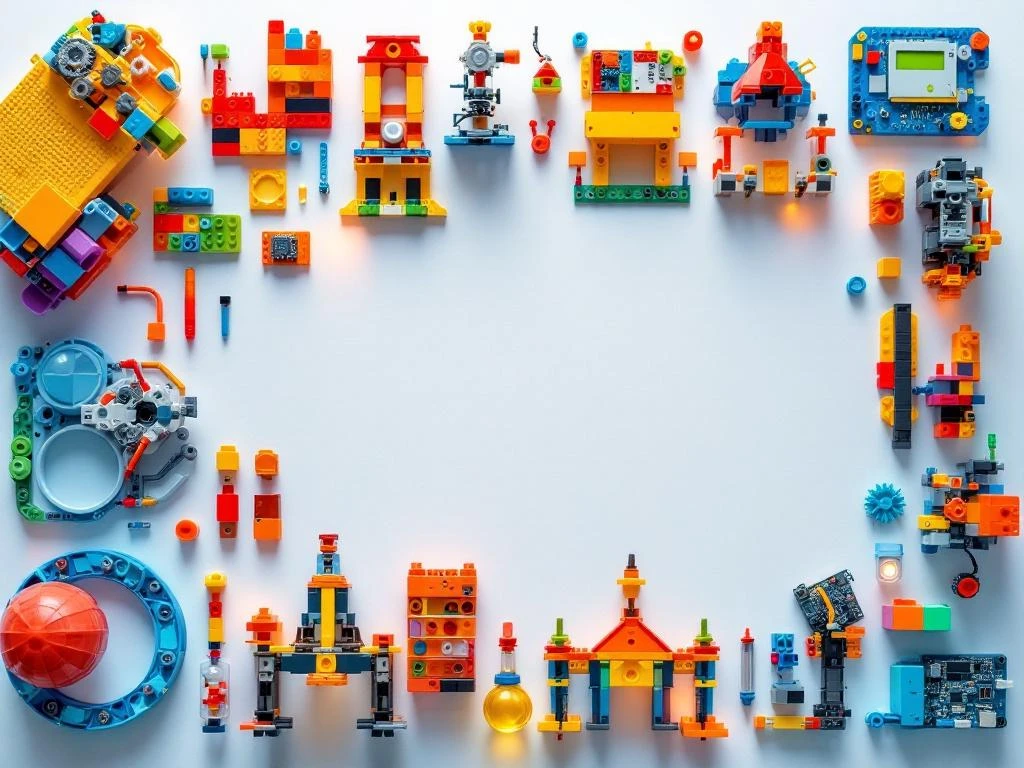
What educational model building sets are available?
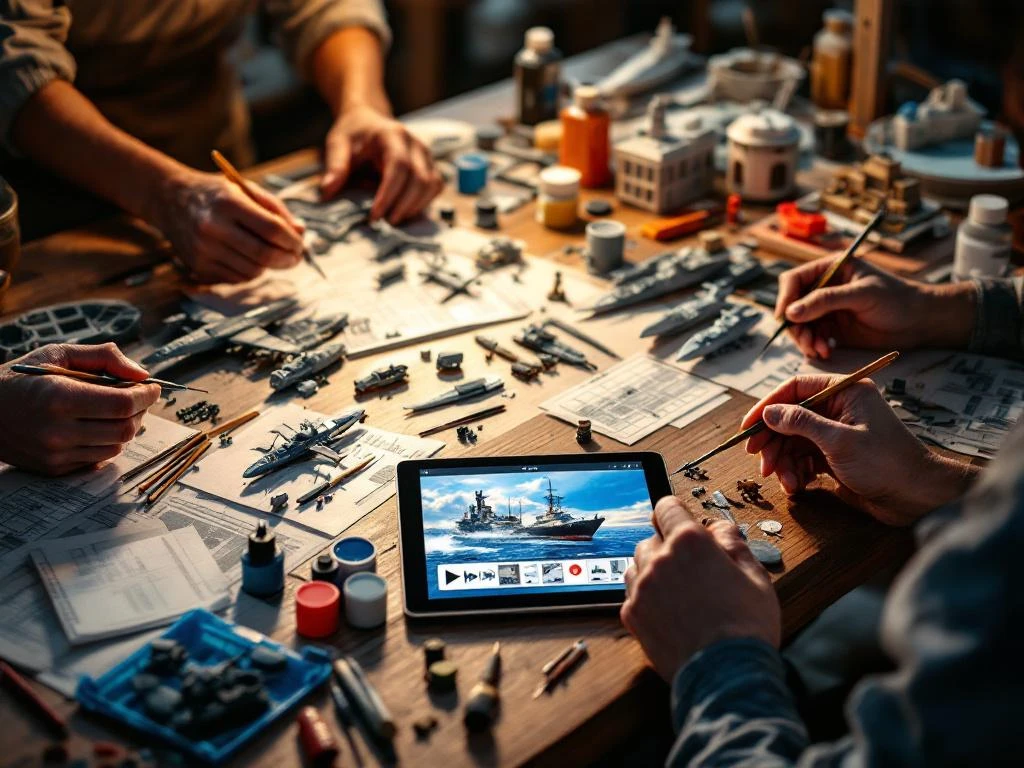
Which video tutorials are essential for model building?
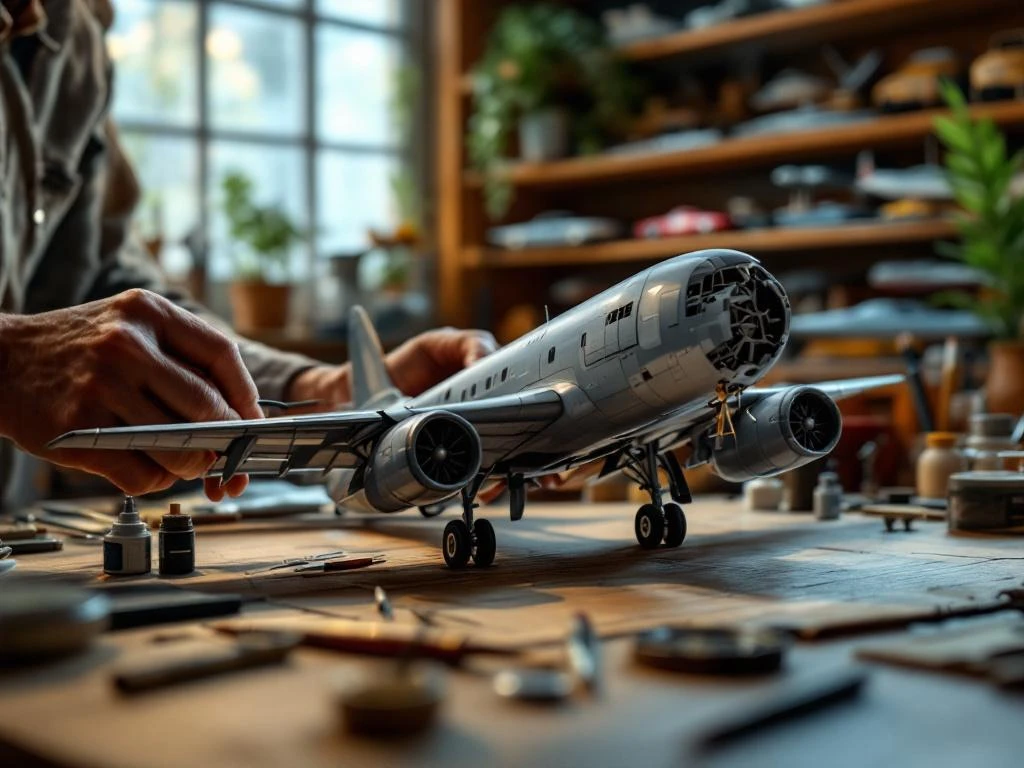
How do you share model building knowledge with others?

